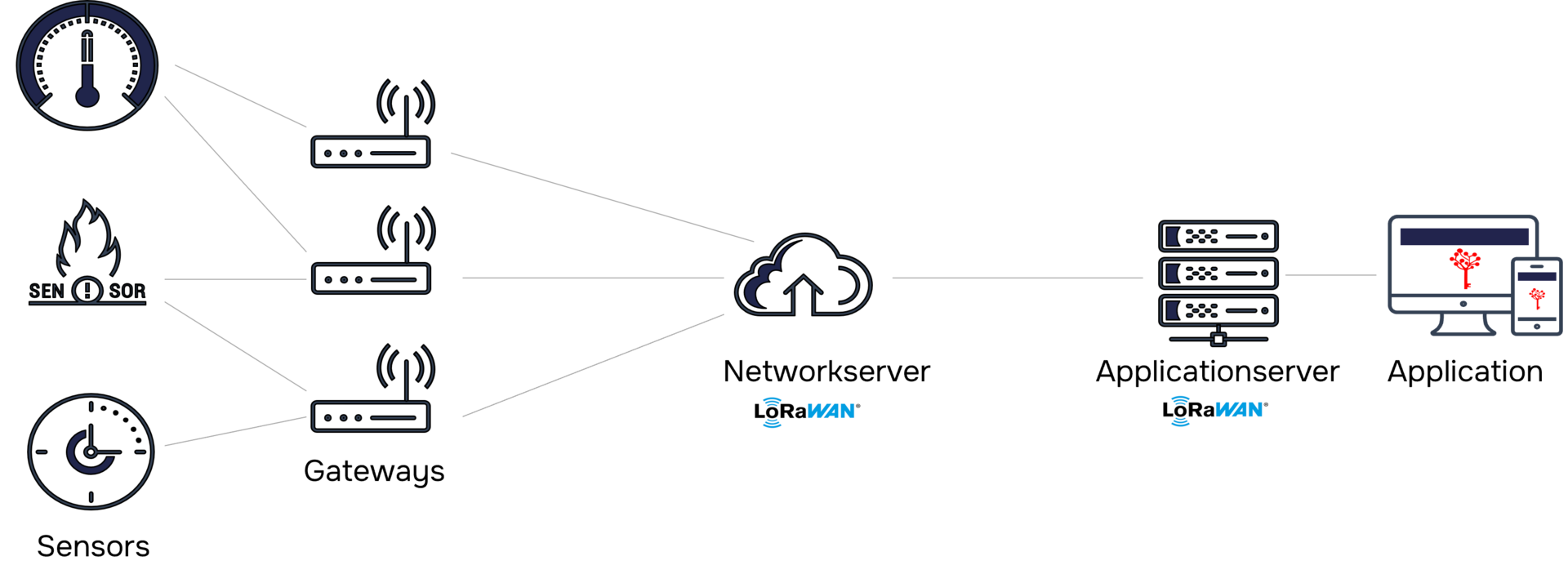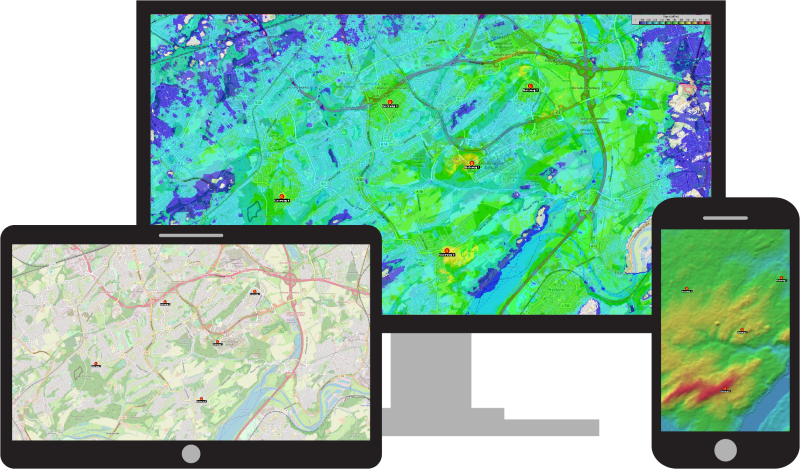LoRaWAN simply explained
LoRaWAN is a wireless network protocol based on LoRa radio technology. It enables the energy-efficient and cost-effective transmission of data over long distances - ideal for IoT applications ranging from metering and industrial monitoring to specific use cases such as people counting. LoRaWAN is on the rise. More and more companies, public utilities and municipalities are relying on LoRaWAN as a key technology for the digitalization of their networks. The combination of range, energy efficiency and scalability makes LoRaWAN the preferred infrastructure for IoT applications.
A typical LoRaWAN network consists of four central components: sensors that record measurement data such as temperature or water consumption, gateways that receive this data wirelessly (e.g. as a Raspberry variant), a network server to process the data packets and, in the case of cooperation with PHYSEC, the IoT platform IoTree, which enables secure, manufacturer-independent visualization and analysis of the data in real time.
Our LoRaWAN-solution
A reliable and powerful LoRaWAN network is the basis for your long-term success. With PHYSEC at your side, we support you in every phase - from strategic planning and installation on the rooftops of your city to secure network coverage and ongoing optimization. Our solutions offer you maximum transparency through interactive GIS documentation, maximum efficiency thanks to precise expert simulations and seamless scalability with SLA guarantees. In this way, we ensure that your network can easily meet future requirements.
LoRaWAN network planning: overview and concept development for reference
Step 1: This service includes the analysis and evaluation of the current gateway locations of your LoRaWAN network on OSI Layer 1. Through discussions and planning measures, we record the current status, for example the accessibility of IoT devices. The results are documented in a detailed report to ensure transparency and traceability.
LoRaWAN network quality assessment and quality assurance
Our multi-stage approach combines data-based analyses with practical validations to create transparency and identify optimization potential.
Step 2: In the second step, the analysis is supplemented with real OSI Layer 1 data and OSI Layer 2-3 protocol data (LoRaWAN). To do this, we need access to the LoRaWAN Network Server (LNS) and the LoRaWAN MAC metadata in order to carry out a ground truth KPI assessment. The results are documented in a detailed report and interactive GIS files (.qgz) to ensure maximum transparency and traceability.
Step 3: Based on the findings from step 2, an on-site review and validation of the installations and configurations is carried out. This includes in particular
- LNS parameters
- Gateway configurations
- End devices and service profiles (e.g. frequency bands used)
To ensure that all components meet the defined quality standards and specifications, we carry out detailed tests and inspections. In particular, we check the connectivity, performance and functionality of the gateways. The basis for this check is the prior analysis of gateway performance, network assessments with regard to abnormal behavior and random tests in consultation with you.
Profitability analysis of your LoRaWAN network
Step 4: In order to evaluate the further network expansion from an economic point of view and with regard to the return on investment (ROI), we carry out a detailed accessibility analysis of the network sections. In particular, we look at areas in which LoRaWAN-capable end devices (e.g. meters) have already been installed or are to be replaced in the future.
The results of the planning and evaluation are documented in a detailed report and in QGIS data to ensure transparent traceability and a sound basis for decision-making for the further expansion.

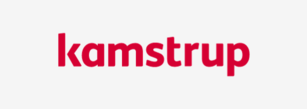
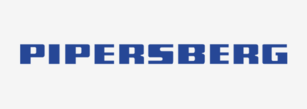

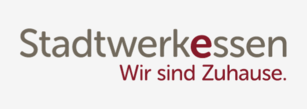

Trusted by over 50 clients
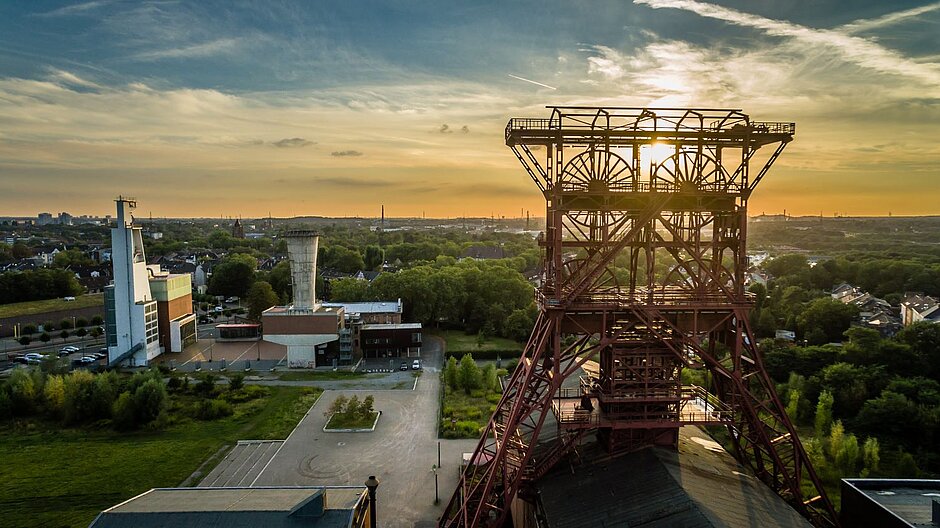
A practical example
In Gelsenkirchen, we have optimized a LoRaWAN that will network more than 200,000 water meters.
The results speak for themselves:
- Packet loss rate reduced: From over 60% to less than 20% - the reliability of data transmission has increased enormously.
- Energy efficiency improved: The meters consume around 20% less energy thanks to optimized configuration.
- Operating costs reduced: Precise gateway planning enabled operating costs to be sustainably reduced.
You can find more details on this project in our blog post on the success story in Gelsenkirchen.
Steps to a successful LoRaWAN network setup
Successfully setting up a LoRaWAN® network requires careful planning and a structured approach. The following steps will help you lay the foundation for a powerful, secure and efficient network that perfectly meets your requirements.
- Requirements analysis and target definition: Determine the requirements of your application and set clear targets for the network. Clarify what data is to be collected and how often it is needed.
- Site selection and network simulation: Identify potential gateway locations and determine the ideal installation height. A network simulation that takes topographical conditions and building structures into account provides a sound basis for optimal placement.
- Hardware selection: Select the appropriate gateways and sensors to suit your specific environment and data requirements. Pay attention to robustness, range and energy consumption.
- Installation and configuration of the gateways: Install the gateways according to the simulation and configure them for transmission. Professional installation and precise placement are crucial for good network performance.
- Training and competence building in the team: Train your employees in the maintenance and further development of the network so that they can make adjustments and optimisations independently in the long term.
- Test run and network optimisation: Carry out test runs to check coverage and stability and optimise the network if necessary. Local adjustments may be necessary to ensure the best possible performance.
- Operation and monitoring: Set up a monitoring system to permanently monitor network operation and react to deviations at an early stage.
- Maintenance and continuous improvement: Plan regular maintenance measures and continuously check whether optimisations are necessary to make the network structure sustainable and efficient.
LoRaWAN use cases
LoRaWAN is an extremely versatile technology that is ideal for numerous applications in the Internet of Things (IoT). In cities, it enables the networking of street lighting, waste management and car park monitoring, leading to more efficient use of resources and a higher quality of life. In the energy and water industry, LoRaWAN is successfully used for smart metering of (water) meters, leakage detection and network monitoring to ensure safe and optimised operation.
LoRaWAN is also widely used in industry, for example for asset tracking, predictive maintenance and machine monitoring, which can minimise downtime. In agriculture, the technology supports more precise and sustainable use of resources through soil moisture measurement and temperature monitoring. LoRaWAN is also used in environmental monitoring, for example to measure air quality, noise pollution or water levels and thus to be able to react to environmental changes at an early stage.
Thanks to its flexibility, long range and low energy consumption, LoRaWAN enables customised and reliable solutions that can be used efficiently even in remote or hard-to-reach areas.
Frequently asked questions regarding LoRaWAN
LoRaWAN® is a network protocol for wireless, energy-efficient communication over long distances. It is mainly used for the Internet of Things (IoT) and enables the connection of battery-powered devices such as sensors and actuators.
LoRa is the underlying modulation technology that enables energy-efficient and reliable data transmission. LoRaWAN uses this as a basis and is a network protocol that regulates communication between end devices and gateways as well as data processing in the cloud.
LoRaWAN is available worldwide. In many countries, there are public and private networks operated by network providers or companies. Alternatively, you can set up your own LoRaWAN network.
A LoRaWAN gateway receives data from end devices (e.g. sensors) and forwards it to a network server. It serves as a bridge between wireless devices and the internet.
For a functioning LoRaWAN network, you need LoRaWAN-capable end devices, one or more LoRaWAN gateways, a network server and internet access for the gateway to communicate with the cloud.
LoRaWAN enables applications such as remote monitoring and control, environmental and weather data collection, smart city solutions, industrial applications and agricultural applications.
The range of LoRaWAN depends on the environment. In urban areas up to 5 km and in rural or open areas up to 15 km or more.
A LoRaWAN antenna is a crucial component of a gateway or end device that enables the transmission and reception of LoRa radio signals. The range and signal quality depend heavily on the antenna.
LoRaWAN devices send data to gateways via LoRa radio signals. These forward the data to a network server, which processes it and, if necessary, transmits it to an application in the cloud.
The advantages of LoRaWAN are a long range, low energy consumption, low operating costs, support for millions of devices and the open standard, which offers flexible application options.
LoRaWAN is particularly suitable for applications with low data volumes, battery- or solar-powered devices and for use in areas that are difficult to access or in remote areas.
LoRaWAN offers strong security through AES-128 encryption at device, network and application level as well as separate key management. The connection to the application server is not encrypted by default, so additional measures such as TLS should be used. With proven security practices, LoRaWAN is a very secure technology.
The data rate of LoRaWAN is between 0.3 kbps and 50 kbps, depending on the distance between the device and the gateway. It is optimised for small data volumes, not for high bandwidths.
The main differences between LoRaWAN and NB-IoT are that LoRaWAN operates in the unlicensed spectrum, offers a wide range, is cost-effective and is ideal for decentralised networks, while NB-IoT uses the licensed spectrum, enables higher data rates and requires an existing cellular infrastructure.
No, LoRaWAN operates at low power and in licence-free frequency bands, which makes it safe for people and the environment.
Alternatives include NB-IoT, Sigfox and traditional mobile radio solutions. In comparison, LoRaWAN scores with its low operating costs, long range and open standards.
Yes - high network utilization or heavy building attenuation can lead to range restrictions. For such cases, we offer hybrid approaches with wMBus fallback or mesh logic.
PHYSC develops LoRaWAN components and the IoTree platform in accordance with the IT Security Act and BSI specifications.
What our network says
Stadtwerke Göttingen IoTree
"Connecting remotely readable heat meters to PHYSEC's IoTree® platform enabled us to significantly reduce average flow and return temperatures and volume flow in our district heating networks. These optimizations result in high annual cost savings."
Municipal Utilities
Goettingen AG
Stadtwerke Bochum Netz GmbH
"We have been working and developing together with PHYSEC in the field of Internet of Things since 2018. Together, we have quickly and reliably established an area-wide LoRaWAN® network within Bochum and use the data hub IoTree® to visualize and evaluate received data - without compromising on IT security."
Municipal Utility
Bochum Netz GmbH
Stadtwerke Göttingen LoRaWAN
Stadtwerke Göttingen
"The IoTree® platform provides convenient access to our LoRaWAN® data. Due to the intuitive operation, the various settings and the map function, we always have a perfect overview of our devices. Thus processes get optimized and enable a smooth workflow."
Municipal Utilities
Goettingen AG
Learn more about our services
Built for Utilities
PHYSEC has a wealth of experience in securing assets for utility companies, effectively addressing the industry's needs and challenges.
IoTree®
IoTree® is a best-in-class software that enables companies to collect and analyze real-world data, allowing for process optimization.
Consulting
We have a strong background in supporting companies with the digitization of their infrastructure and its regulatory framework.


